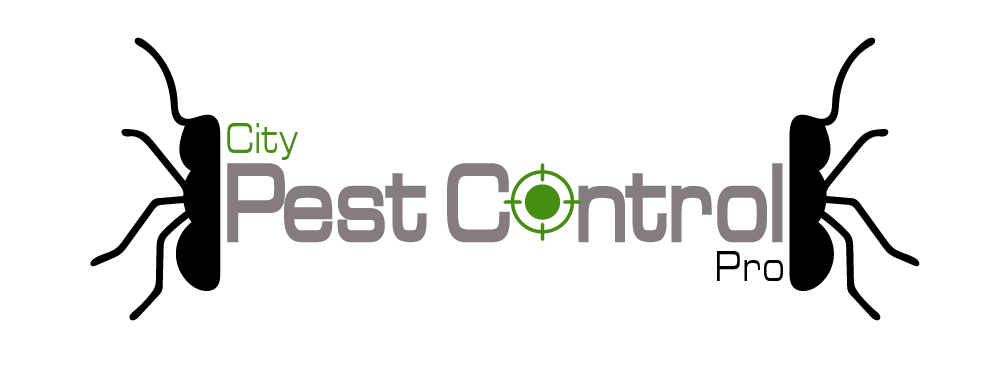The Yellow Sac Spiders can be found in both domestic and outdoor environments. Yellow sac spiders come from United States, Mexico, and parts of South America.
The two species of interest, the black-and-yellow argiope (argiope aurantia or Argiope aurantia) and yellow sac spider (cheiracanthium inclusum), are well known for their large and visible webs which they place in full view, unlike many other members of this family which prefer to nest behind bark or rocks. Both types of spiders possess venom potent enough to cause serious discomfort and pain to humans, although there is no evidence that either species attacks unprovoked.
The black-and-yellow argiope is a commonly seen species. It is sometimes mistaken as a ‘black widow’ even though it is a completely different species. It can measure up to 1-inch long and the females are larger than males.
The yellow sac spider, which measures about 0.1 to 0.3 inch (2–8 mm) has a pale brown cephalothorax and tan to golden-colored abdomen with an orange band in center of its abdomen when viewed from above. There are two longitudinal rows of red spots, but these may be difficult take notice of due to presence of similar markings on other parts of its body. Its legs are reddish at the base and progressively turn darker towards tips. The male spider differs from female in that it does not possess any markings on its abdomen while the female’s abdomen has one broad dark median band.
The cheiracanthium inclusum species, also known as the yellow sac spider, has been found to be responsible for most of the bites associated with this species and is often considered a ‘house spider’ . It can be recognized by the paired humps in the head region and presence of two opposing curved spines at front edge of sternum (breastplate). Another characteristic that separates this species from other members in its family group is shape and length of sclerotized part in epigynal cavity. The female reaches a size between 4-12 mm while male matures from 3 to 8 mm.
In comparison to black-and-yellow argiope, which will usually flee if it feels vibrations or senses an encroaching threat, yellow sac spiders will typically rush out and bite if they feel their web being touched. They are at times so aggressive that even their own reflections in window panes can set them off to attack the glass.
By accident, this spider occasionally stings humans while it is building its tangled web or laying eggs inside of it. The symptoms vary but may include local redness and swelling around the site of bite followed by hours to days of intense pain . If medical treatment is not administered, symptoms become more severe which include vomiting, abdominal cramps, fever, disorientation and lastly tremors with paralysis that spreads from extremities into central nervous system resulting in respiratory failure.
